
|
Menu |

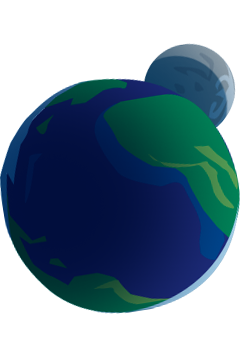

|
Menu |


Our solar system

| For more photos, simply follow Marsty. | |
| For more detailed information, simply follow Cosmo. |
Our Solar system

 The formation of the Solar System
The formation of the Solar System
Some of the planets in our solar system (© Arteclick).
We live on planet Earth, which orbits around the Sun, the star in our Solar System, which in turn is located inside the Orion Arm of our galaxy, the Milky Way.
The Solar System was formed 4.5 billion years ago. It contains many astronomical bodies of all kinds and sizes. The 8 planets that orbit the Sun are Mercury, Venus, Earth, Mars, Jupiter, Saturn, Uranus and Neptune.
Let's get closer to the Milky Way! Observe carefully the steps that gave birth to the Solar System.
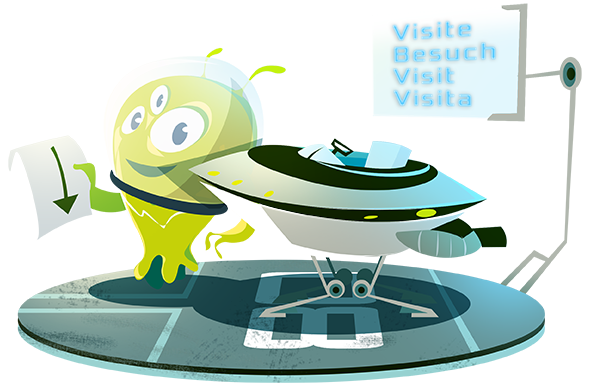

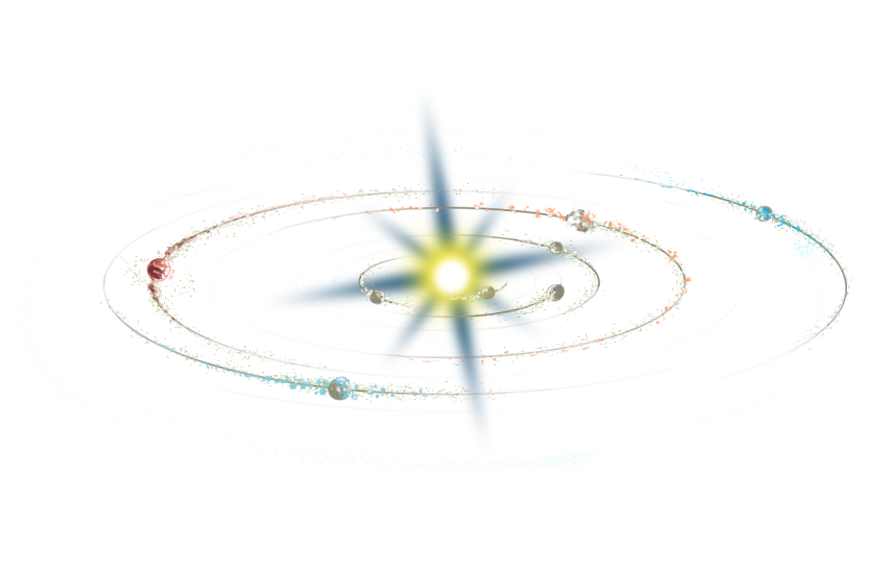

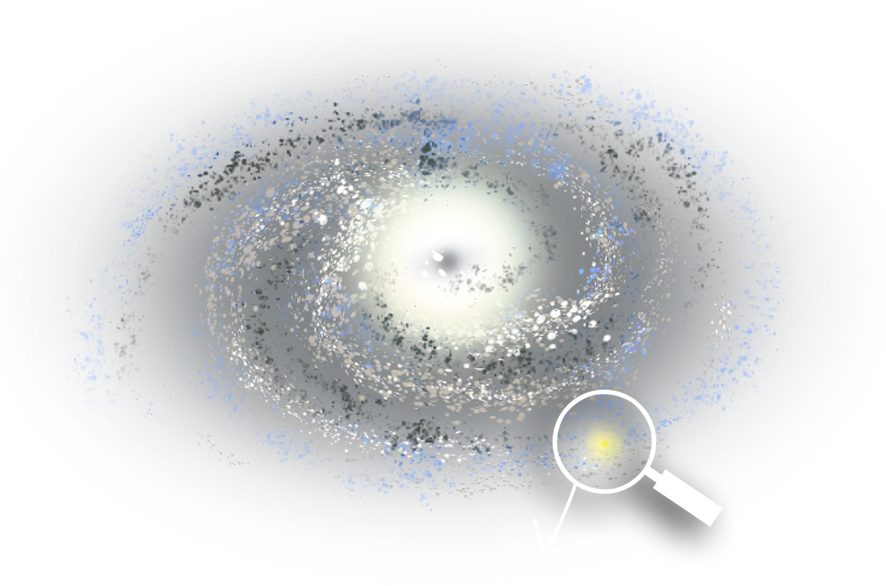
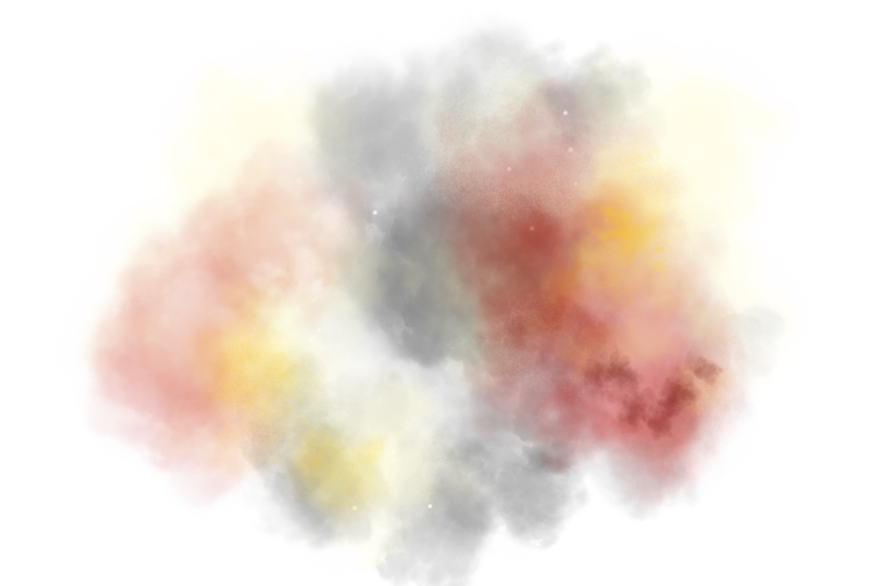
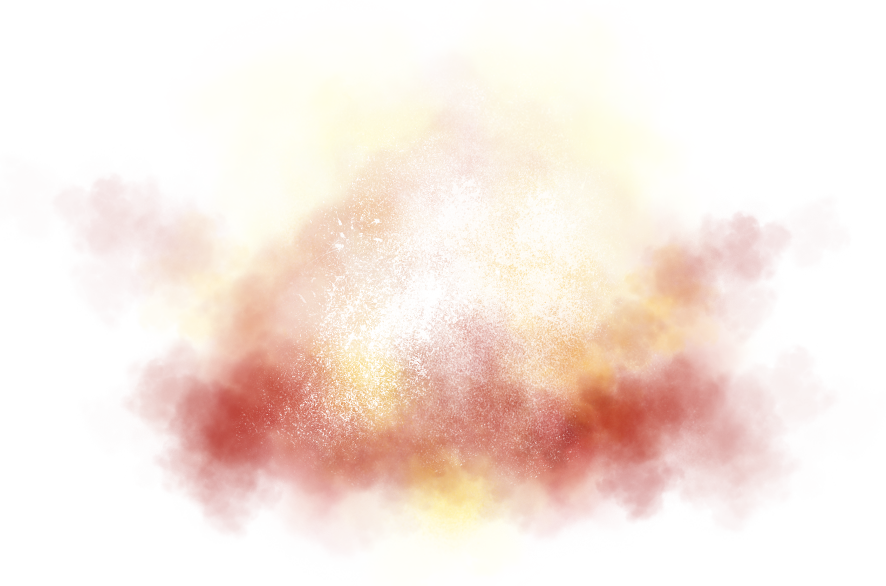
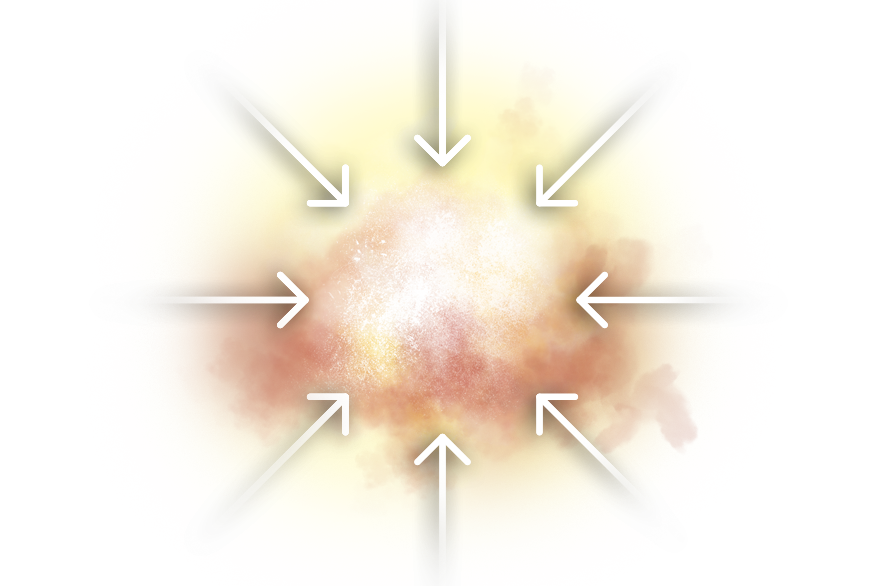
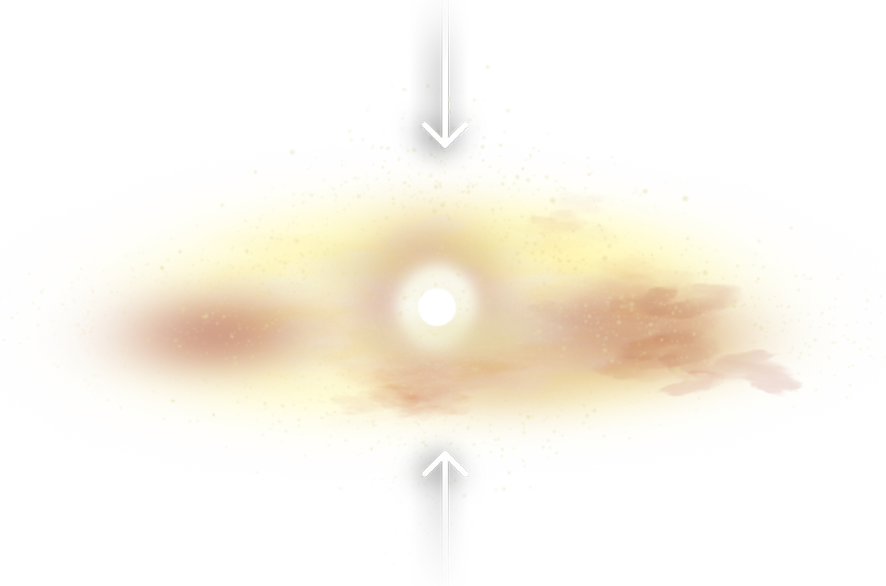
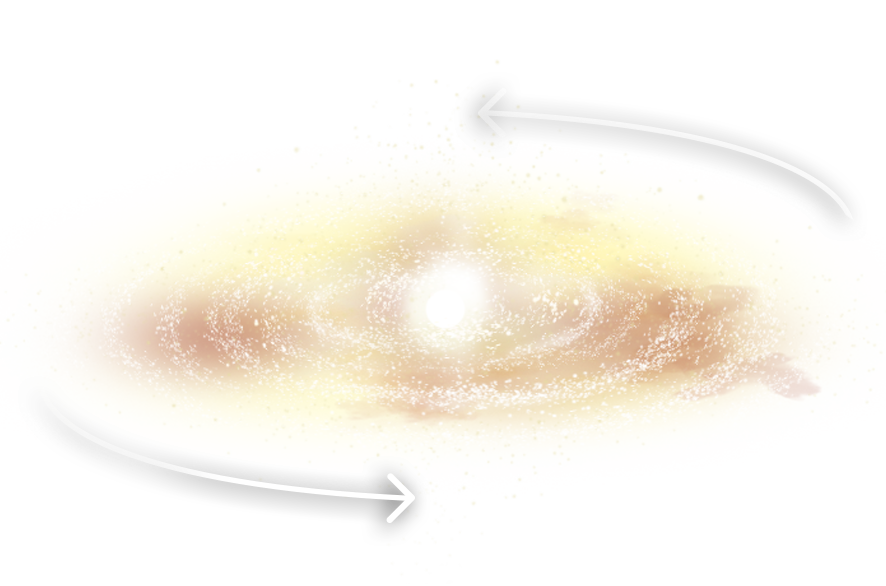
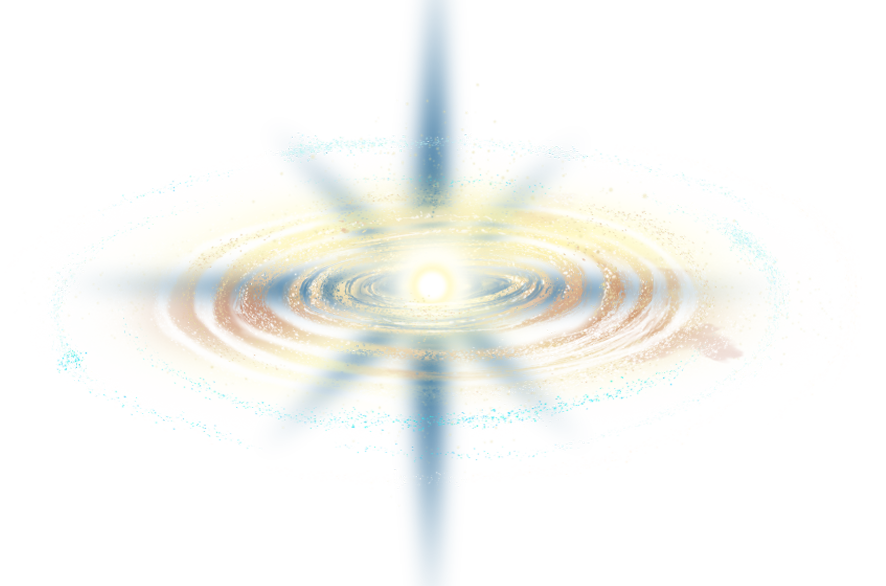



Quiz!
 Validate your knowledge!
Validate your knowledge!
The Planets of our solar system

 The Solar System
The Solar System
The Italian astronomer, Galileo Galilei, perfected the telescope and discovered that the Earth revolved around the Sun. (© Arteclick).
The Solar System is defined as the collectenion of astronomical objects that are subject to the Sun’s gravitational field.
It is part in the Orion Arm, a minor spiral arm of our Milky Way galaxy.
At the centre of the Solar System is the Sun. Around our star gravitate, in order of increasing distance, the 4 rocky planets Mercury, Venus, Earth, Mars; an asteroid belt composed of small rocky bodies, 4 gaseous planets, Jupiter, Saturn, Uranus, Neptune; a second belt called the Kuiper belt, composed of icy objects. Far beyond this belt is the Oort cloud, made up of scattered objects.
It also includes satellites and rings that orbit these different planets, dwarf planets, asteroids, comets, meteorites and dust particles.
 The planets of the Solar System
The planets of the Solar System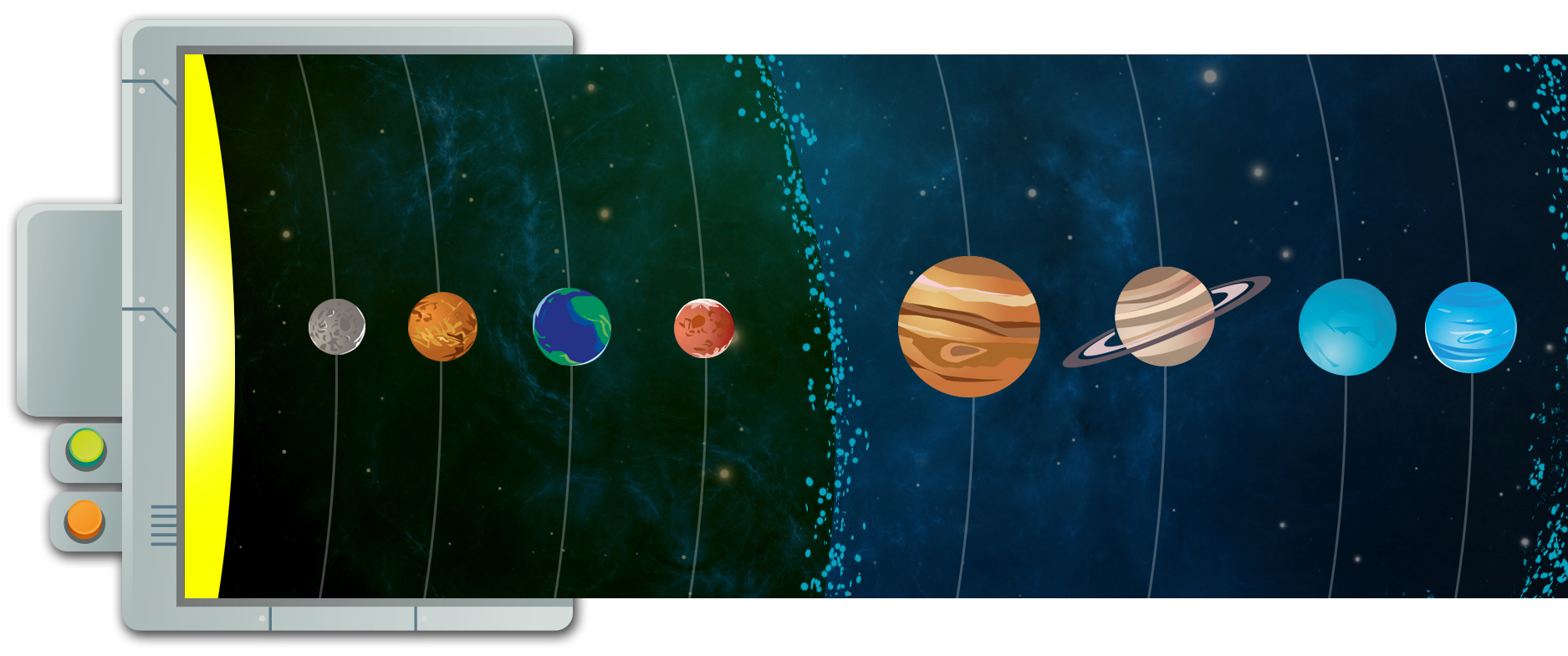
Rocky or terrestrial planetsThese planets are essentially made up of minerals and rocks that are organized into three concentric envelopes: the core, the mantle and the crust. Their density is between 4 and 5.5. These planets have completed their formation process. They represent the 4 planets closest to the Sun.
|
Giant planetsThe gas giant planets, Jupiter and Saturn, are very large and made up of mostly hydrogen and helium gases. Uranus and Neptune are giant icy planets composed mostly of water, methane and ammonia. Giant planets have a density of less than 2, a thick atmosphere, rings and several satellites. They represent the 4 planets furthest from the sun.
|
| Inside of Earth | Inside of Neptune |

 The other bodies of our solar system
The other bodies of our solar systemThere are several other types of objects, some smaller and some larger, that orbit around the Sun. Some of these bodies also orbit around the planets, these are the satellites or the moons. There are also asteroids and comets as well as dwarf planets.
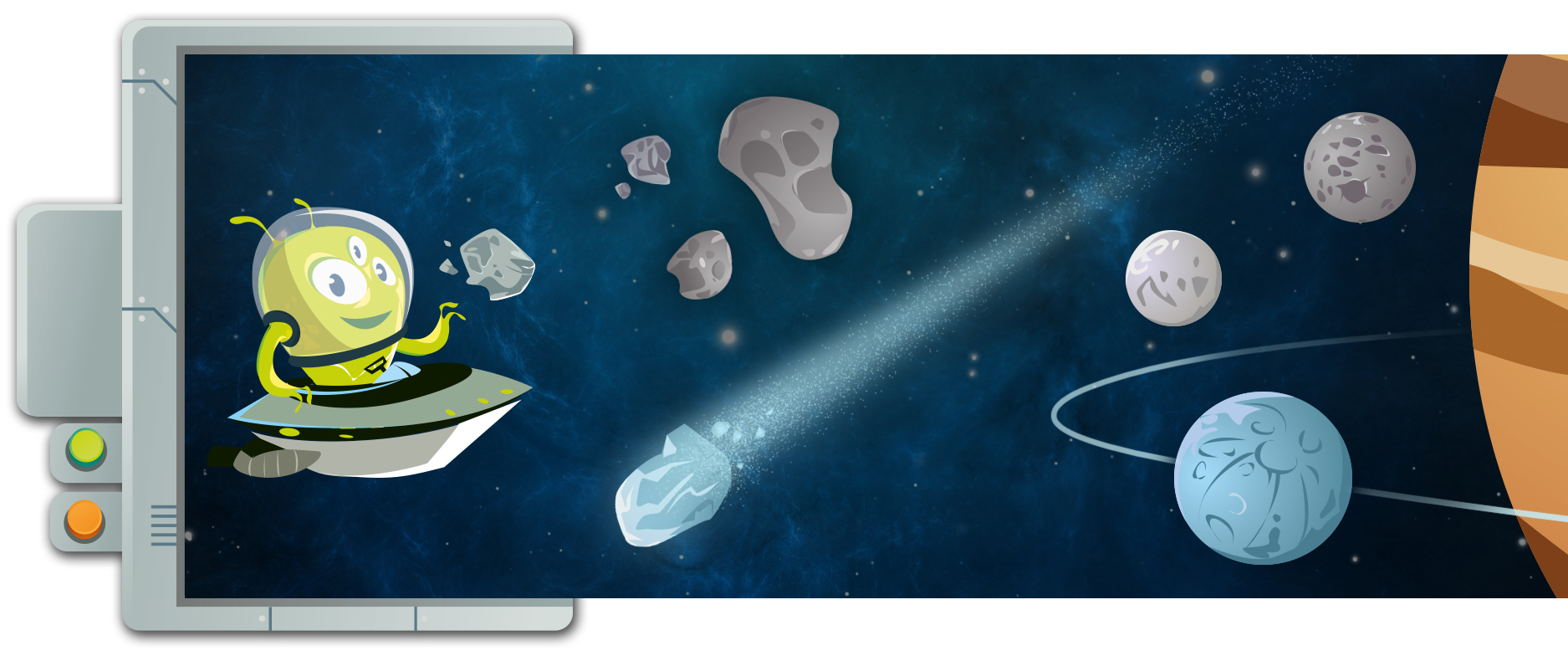
AsteroidsThey are rocky and/or metallic bodies, varying in size from one centimetre to 800 kilometres. They come from an unformed planet. They occur mainly between the orbits of Mars and Jupiter. Some asteroids leave this area and may take trajectories that approach the Earth. They are then called: Earth-Crossing Asteroids (ECA). MeteoritesThese are rocky and/or metallic bodies that arrive on the earth's surface after passing through the atmosphere. A meteorite 15 kilometres in diameter struck the Earth 65 million years ago destroying dinosaurs. During their journey through the atmosphere, we call them shooting stars. |
CometsA comet is a small body that can reach 10 kilometres in diameter. It is made of ice and dust. As it approaches the Sun, it begins to melt and develops a dust tail several million kilometres long. This reflects sunlight and makes the comet visible from Earth. |
Satellites and dwarf planetsSatellites or moons are spherical bodies. They are not massive enough to be included in the category of planets. They orbit the planets. For example, Phobos and Deimos are the two satellites of the planet Mars, while the Moon is the satellite of the Earth. In contrast the dwarf planets orbit the Sun. There are 5 dwarf planets: Eris, Pluto, Ceres, Makemake and Haumea. |
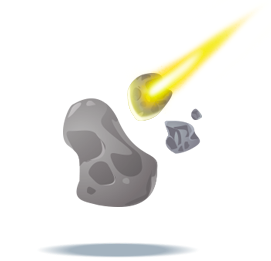
|
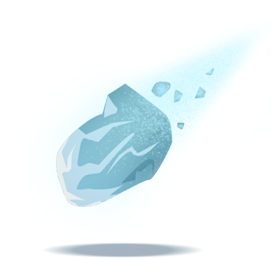
|

|
 The Sun, the central star of our Solar System.
The Sun, the central star of our Solar System.The Sun is the star closest to the Earth. The Earth-Sun distance is about 150 million kilometres and defines the astronomical unit (1 AU).
The mass of the Sun represents the majority of the mass of the solar system. It is used as a unit of mass for stars.
Solar energy, of vital importance to the Earth and especially to life, is produced by the nuclear reactions that take place in the heart of the Sun.
The Sun is about 5 billion years old and will continue to shine for another 5 billion years before evolving into a red giant and then dying.
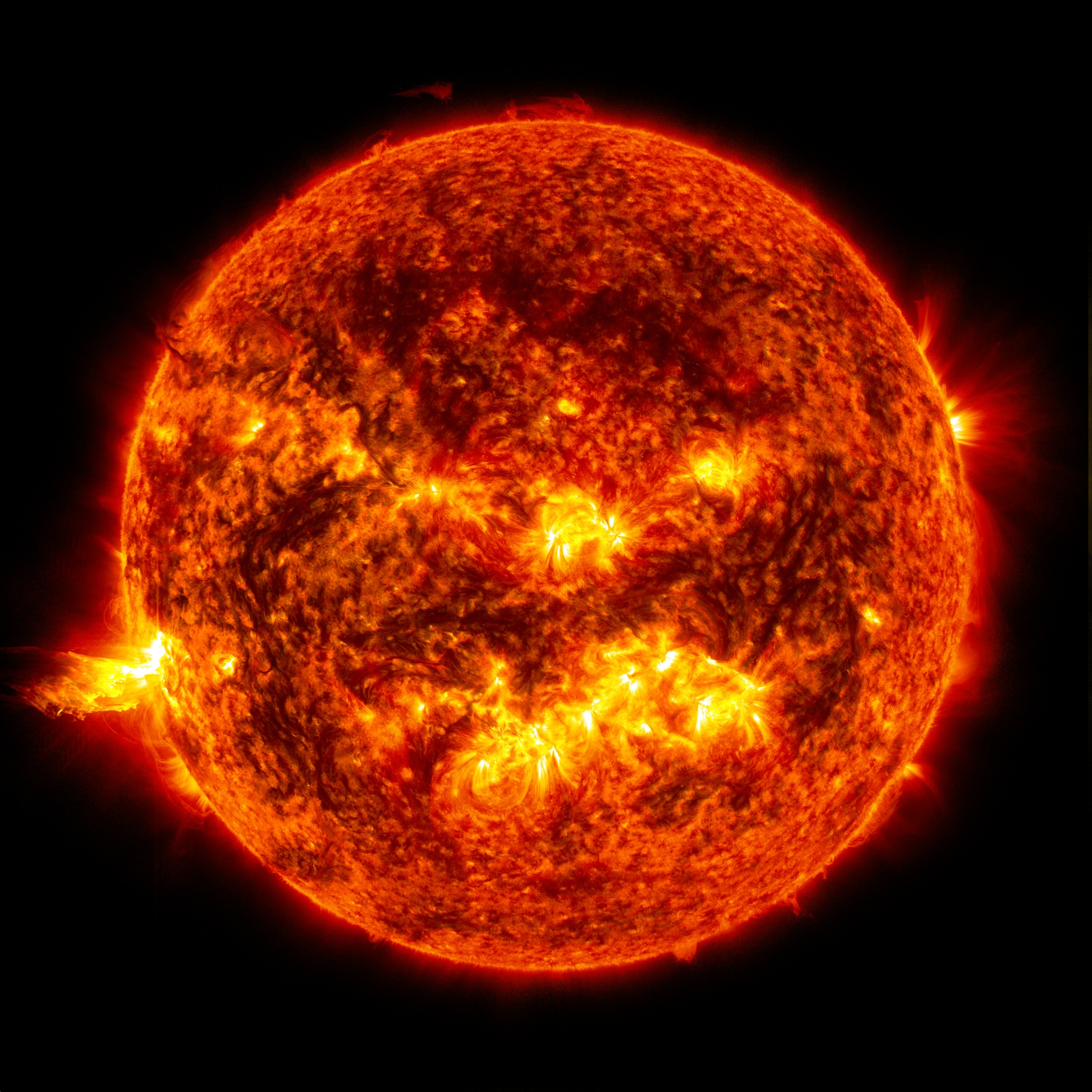
A solar flare seen in ultraviolet with false colors (© Nasa).
We are in our Solar System. Observes in detail the planets and other known objects.

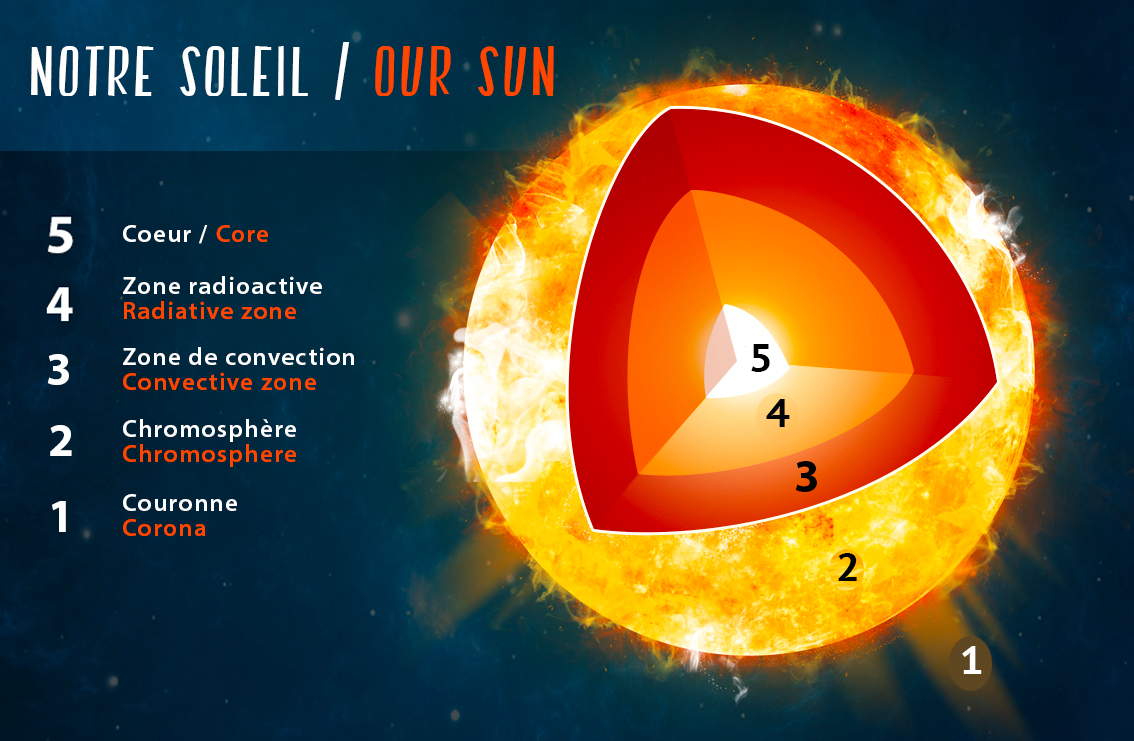
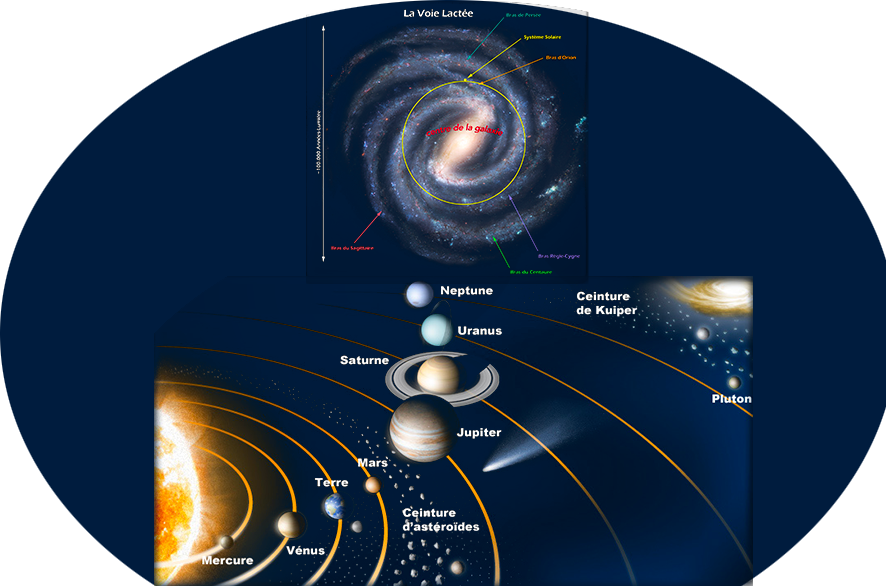

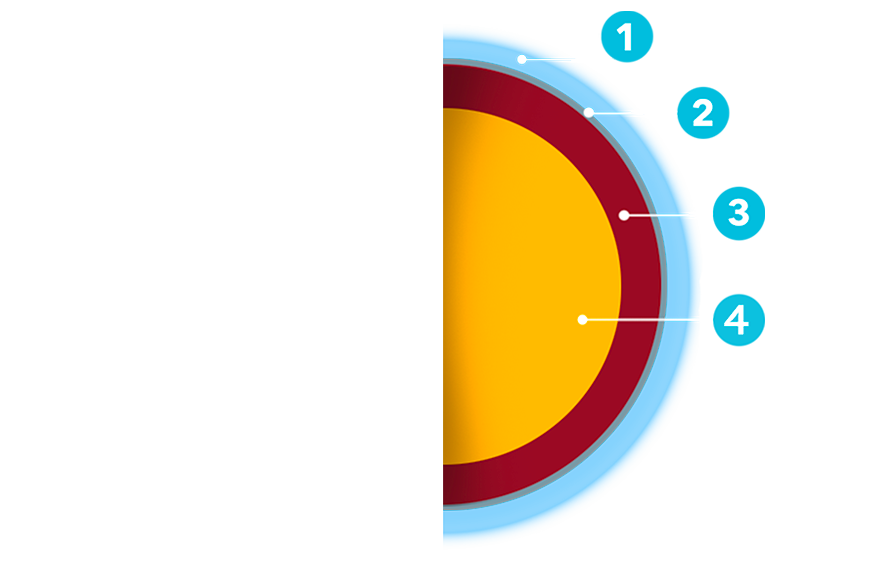
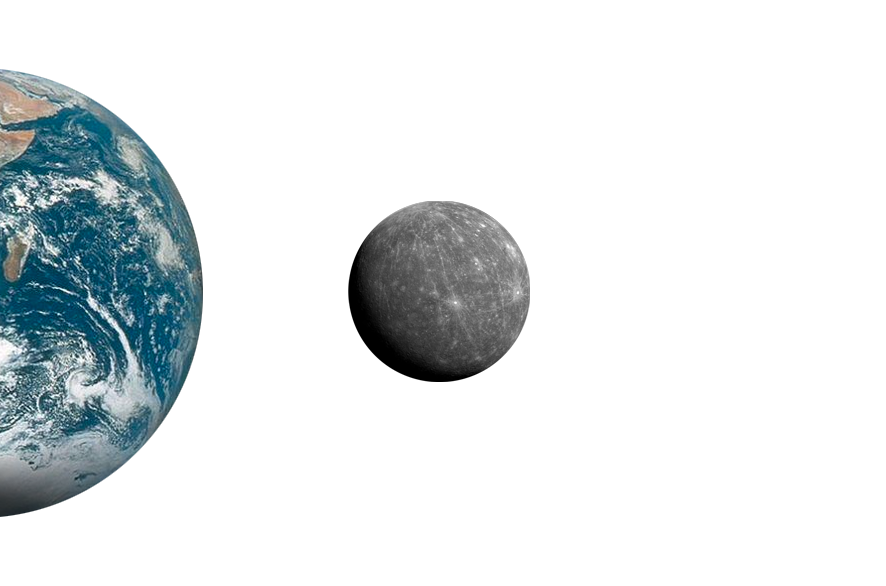
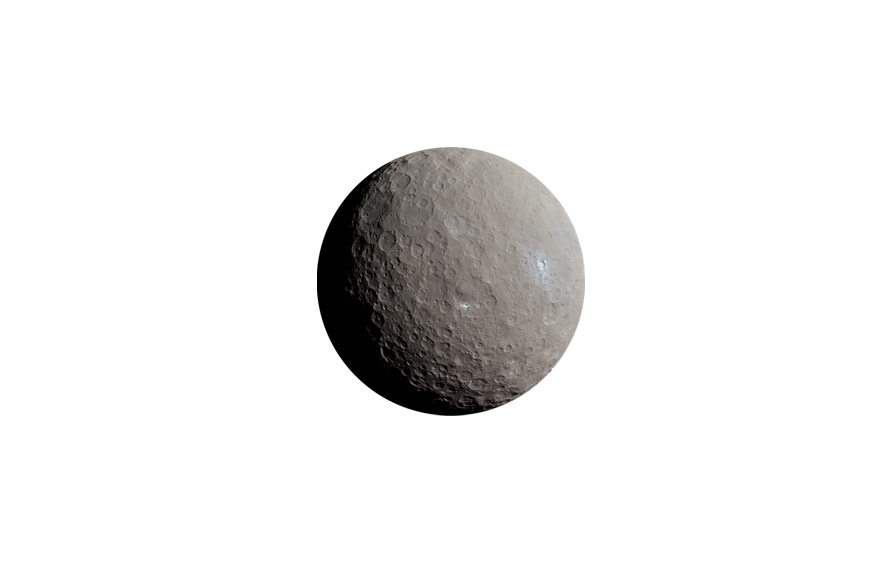
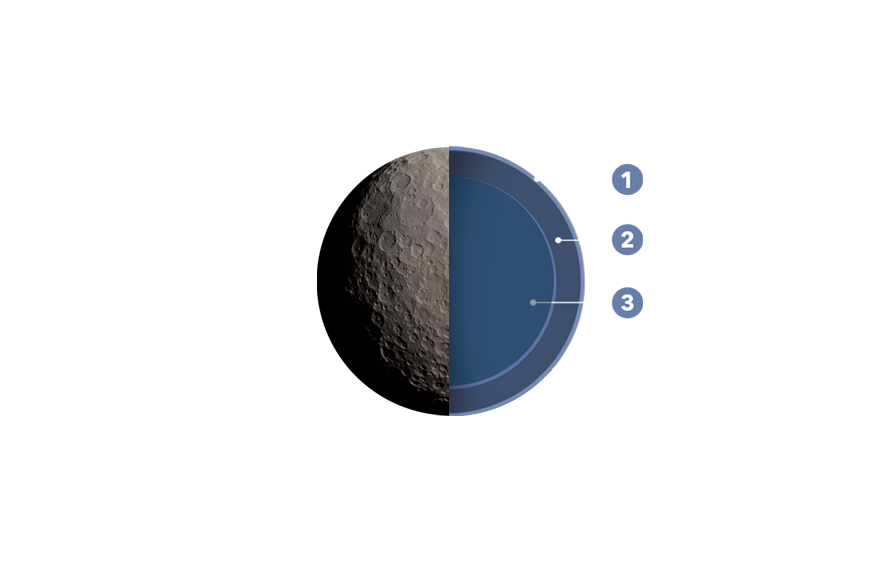
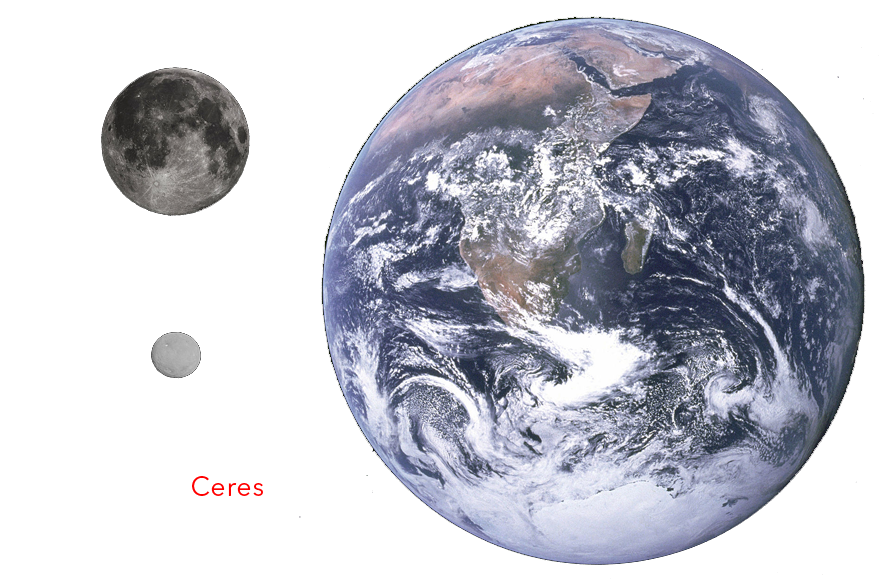
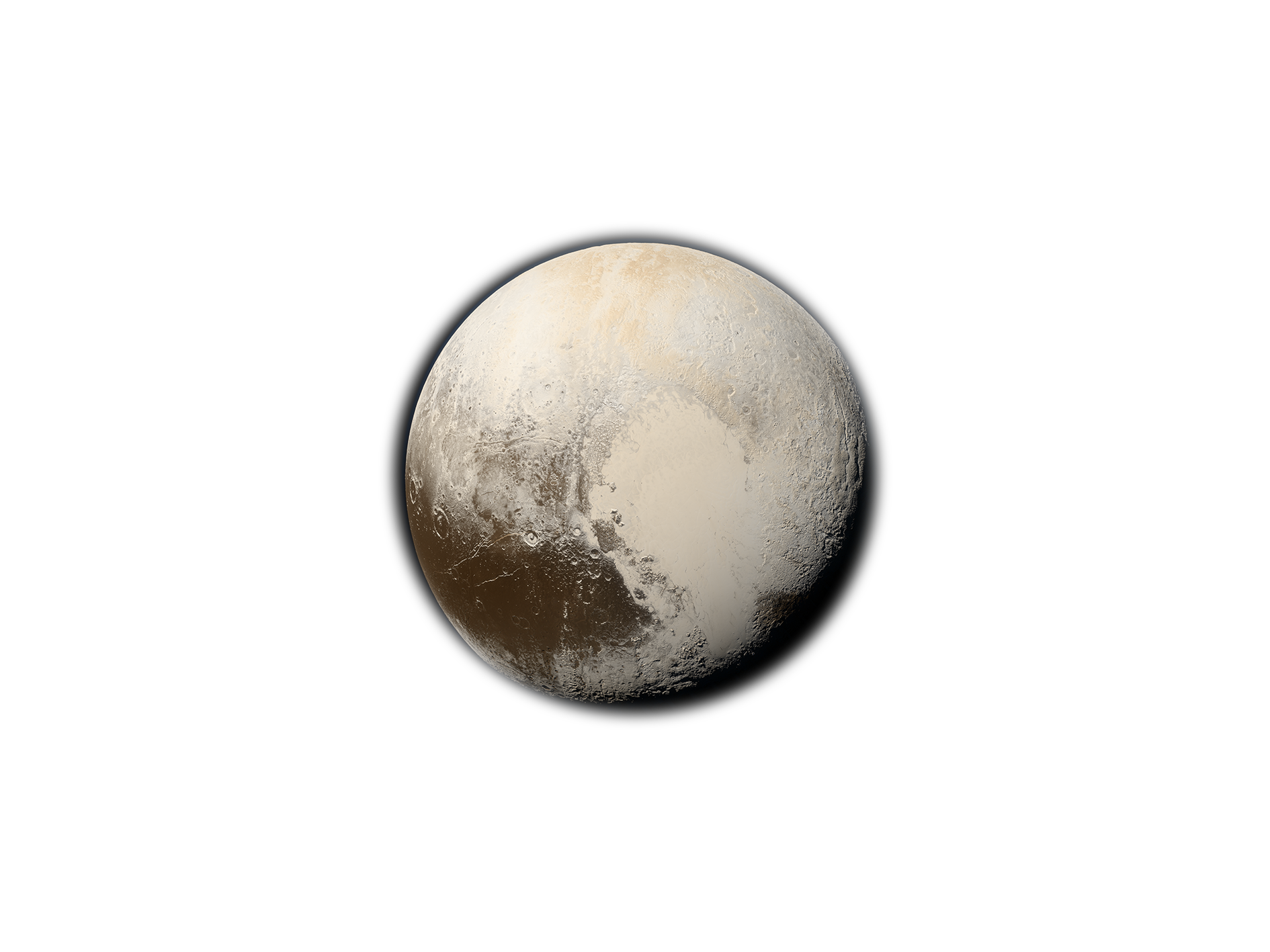
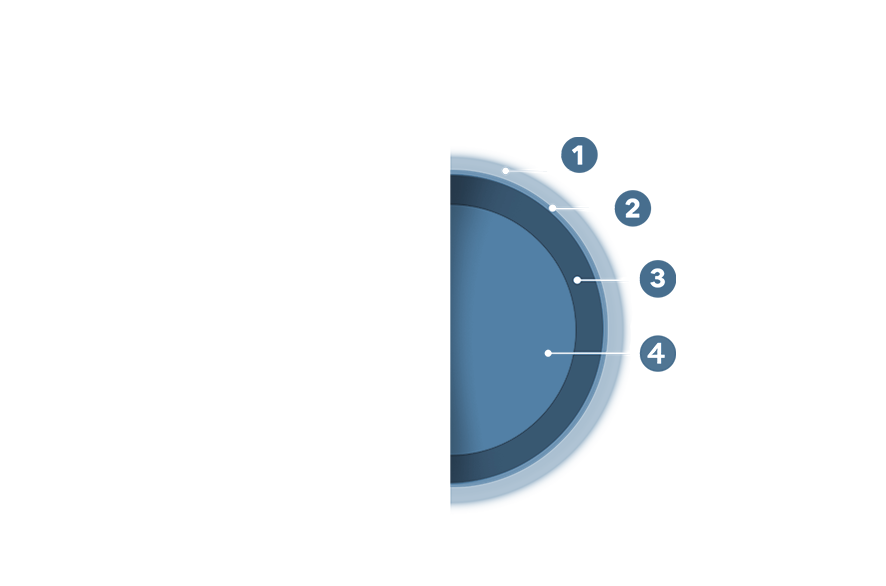
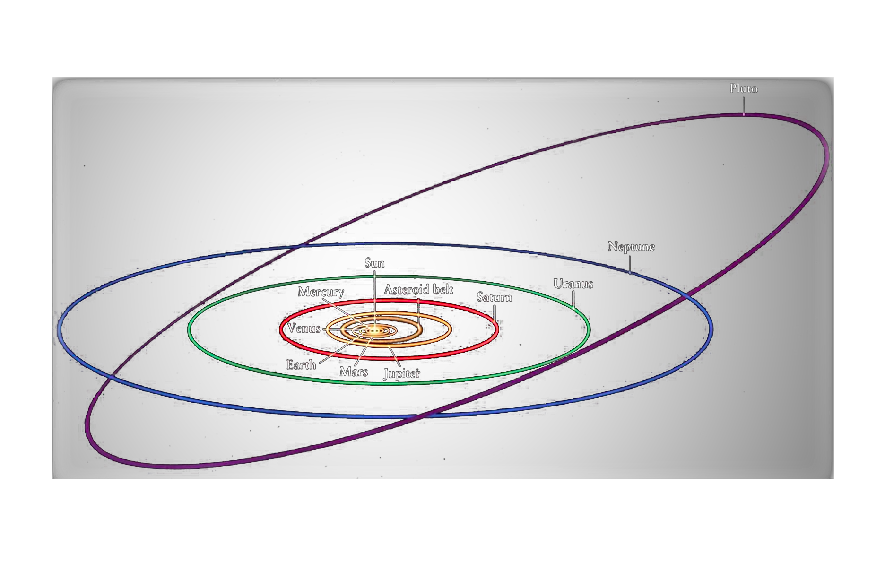
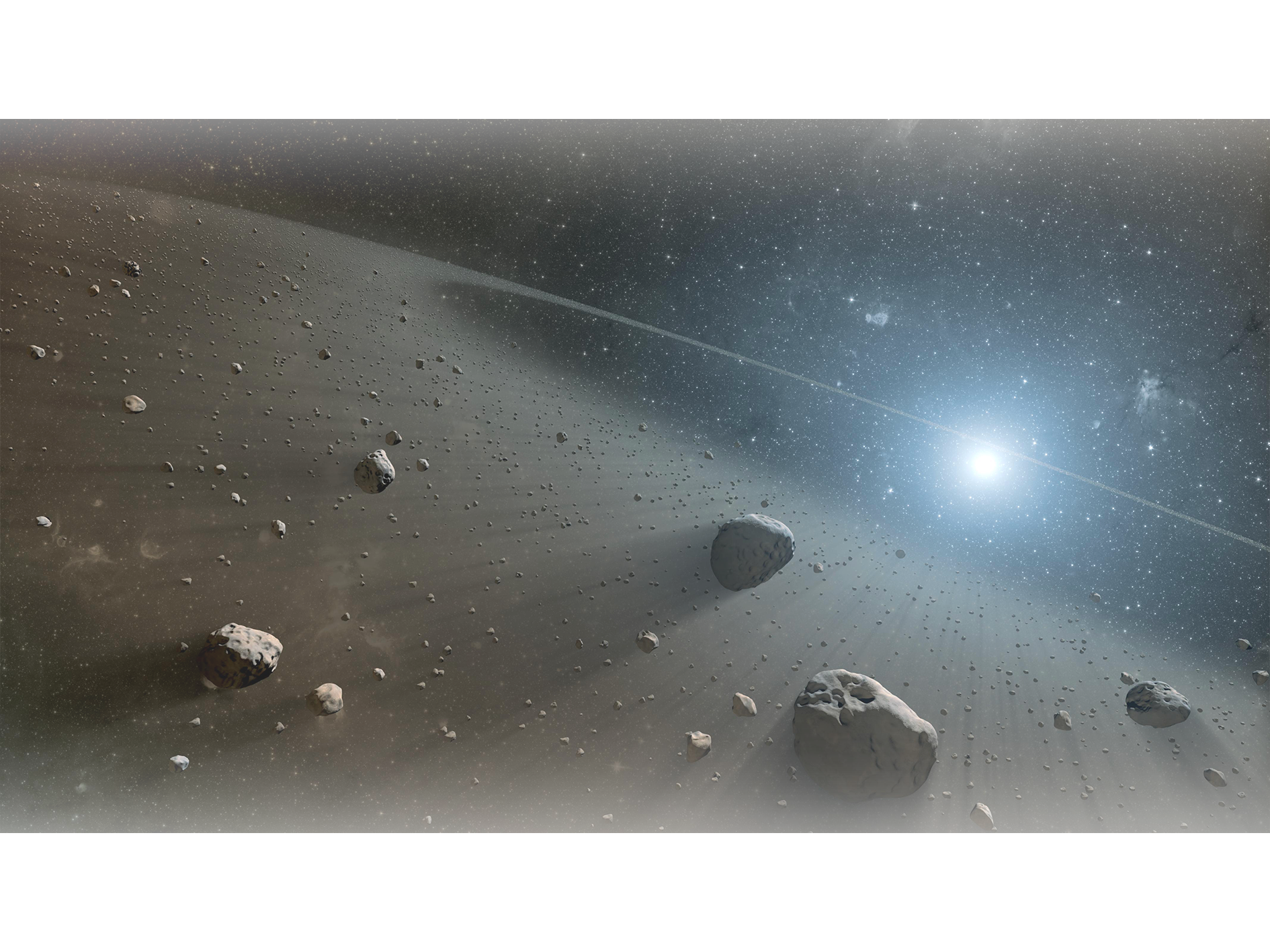
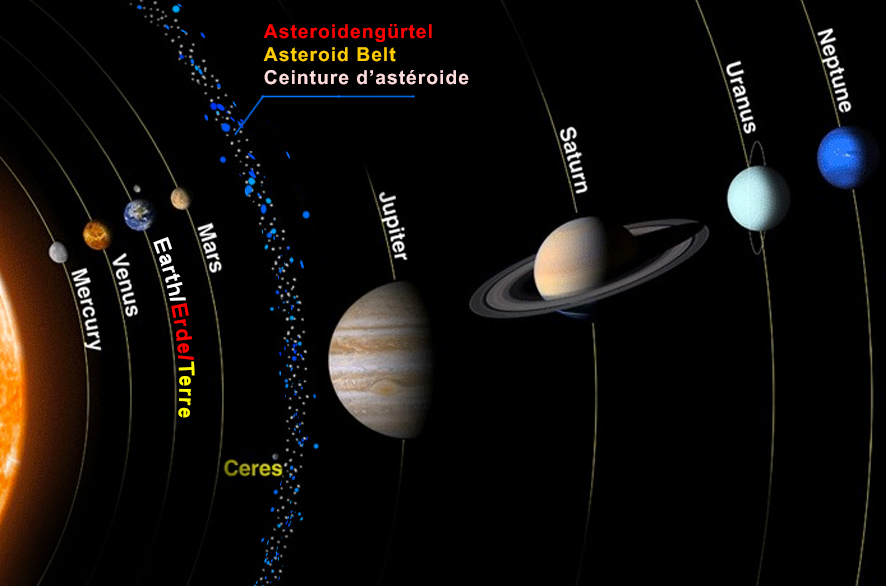
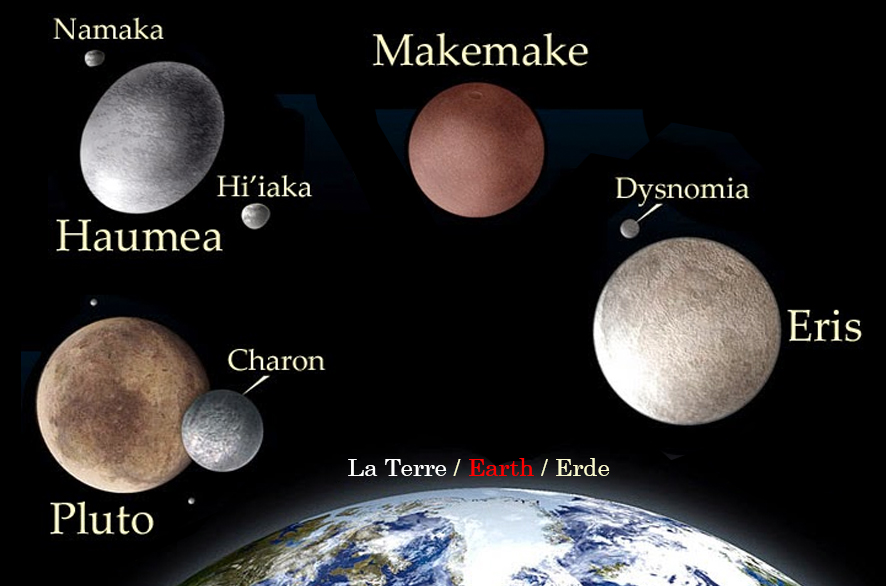
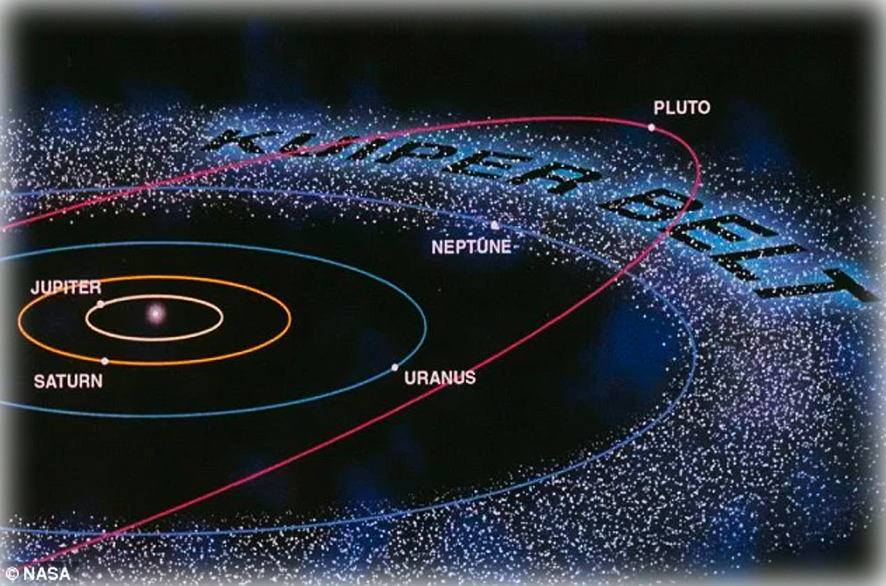


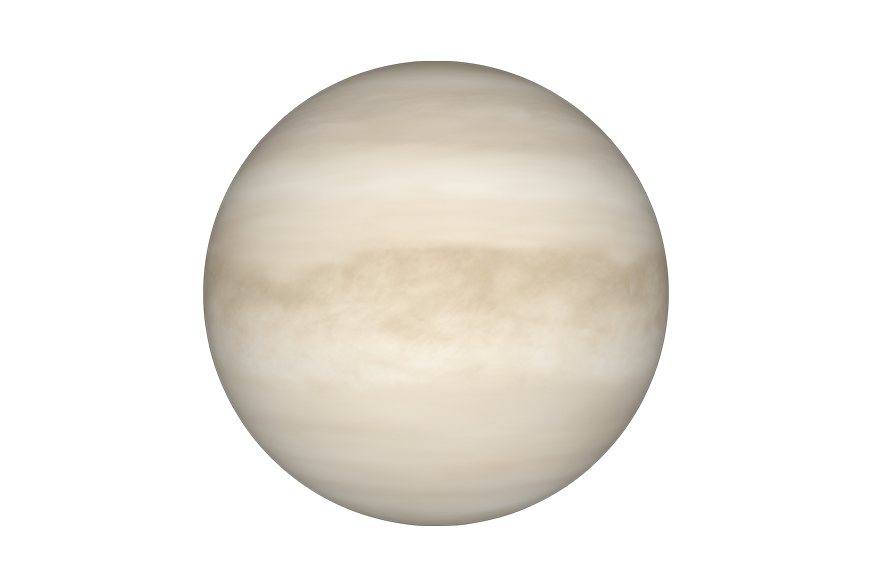
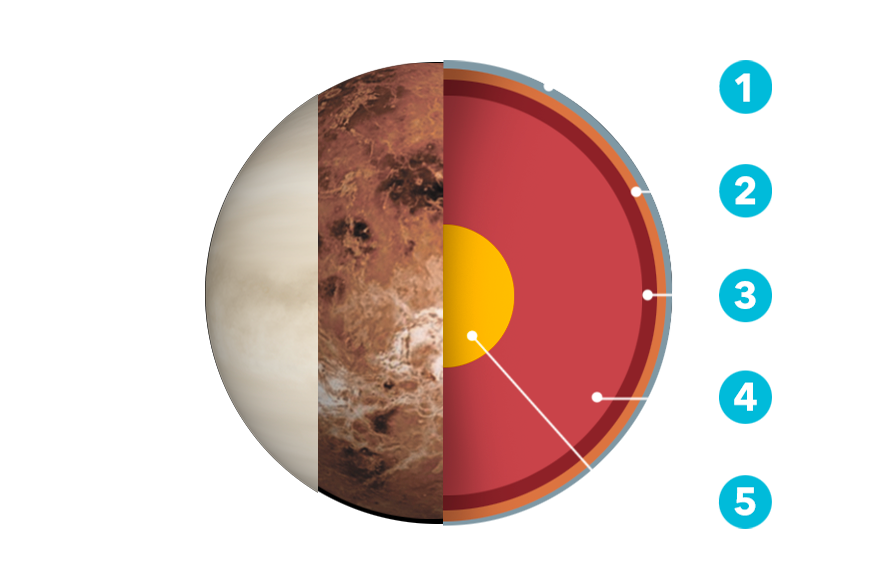
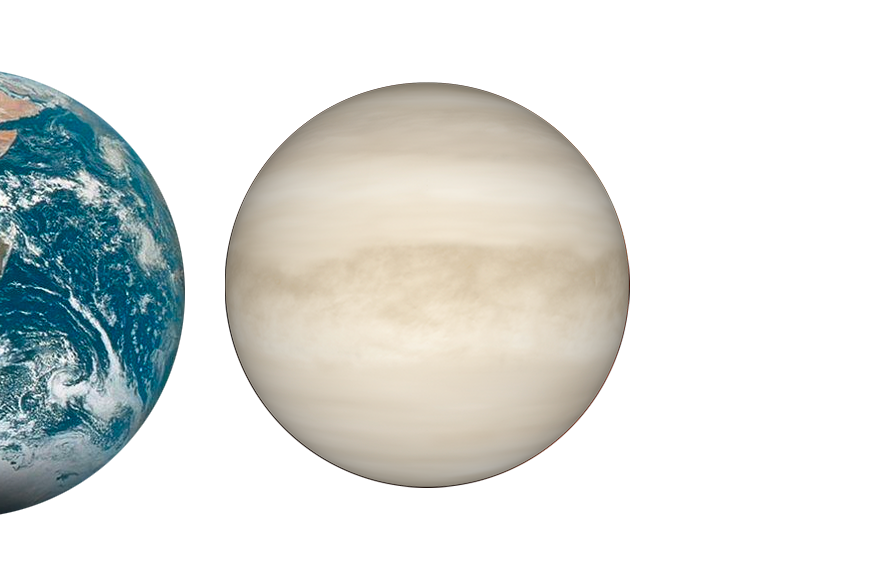
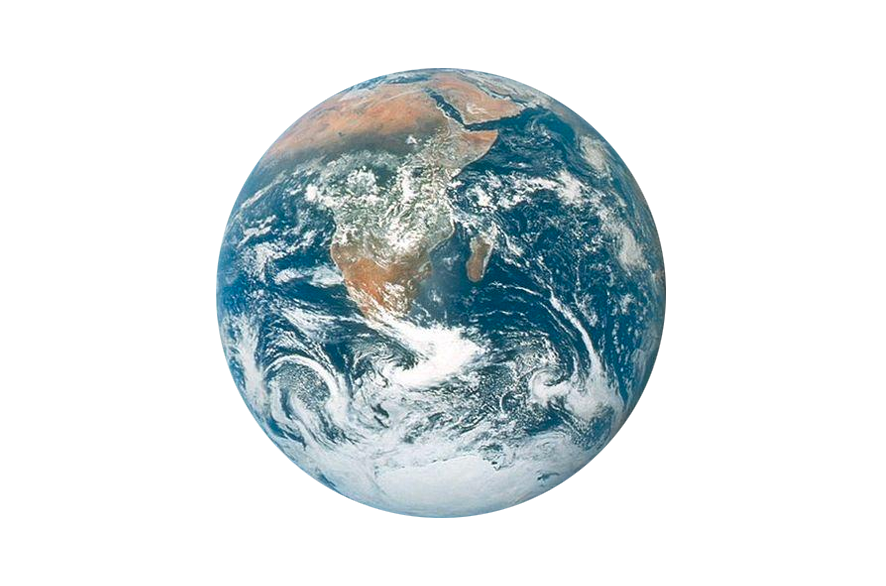
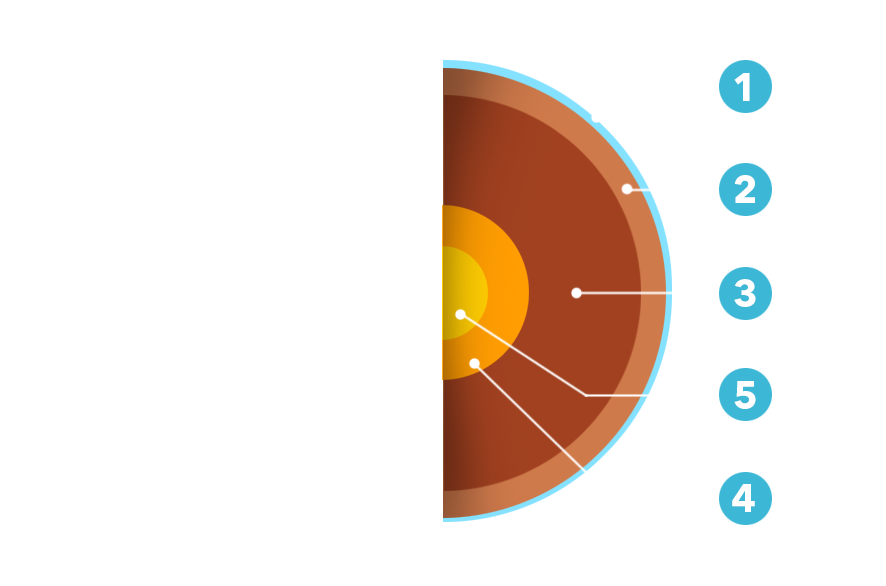
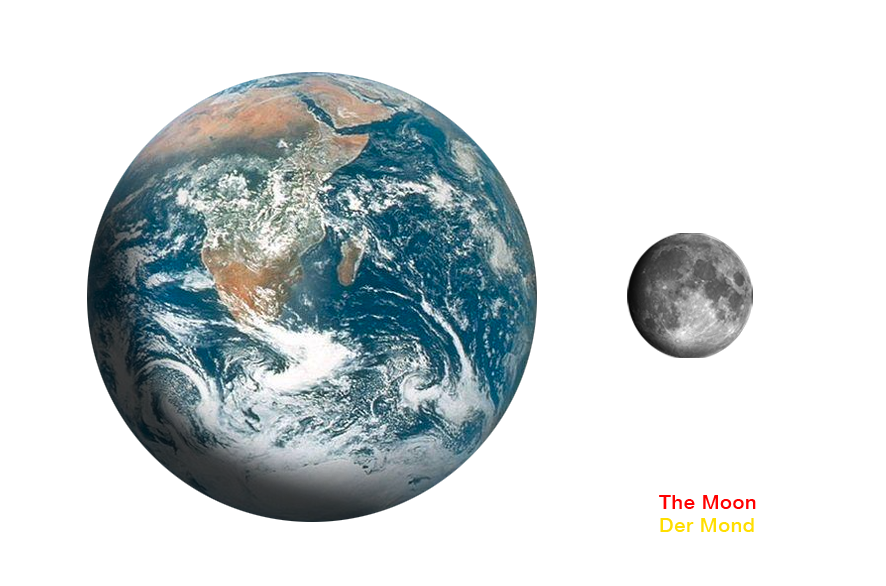

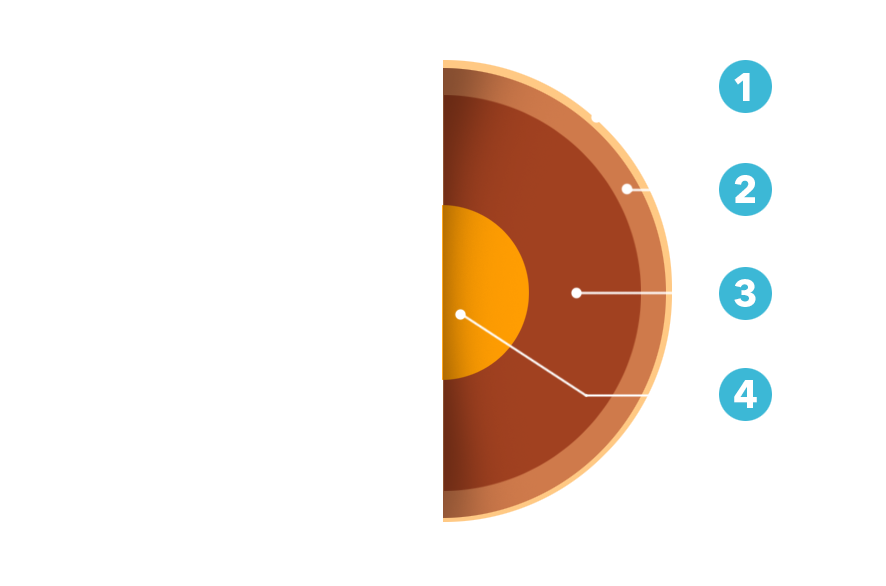
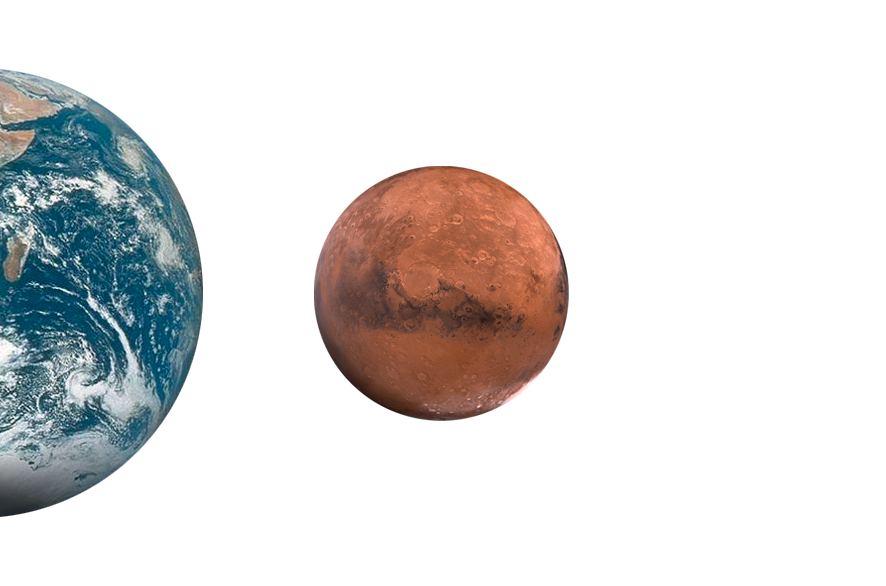
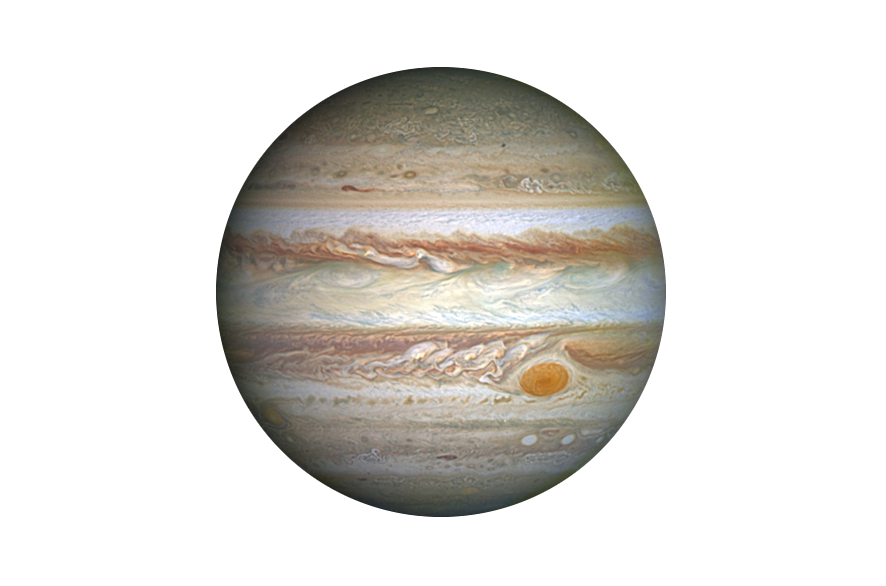
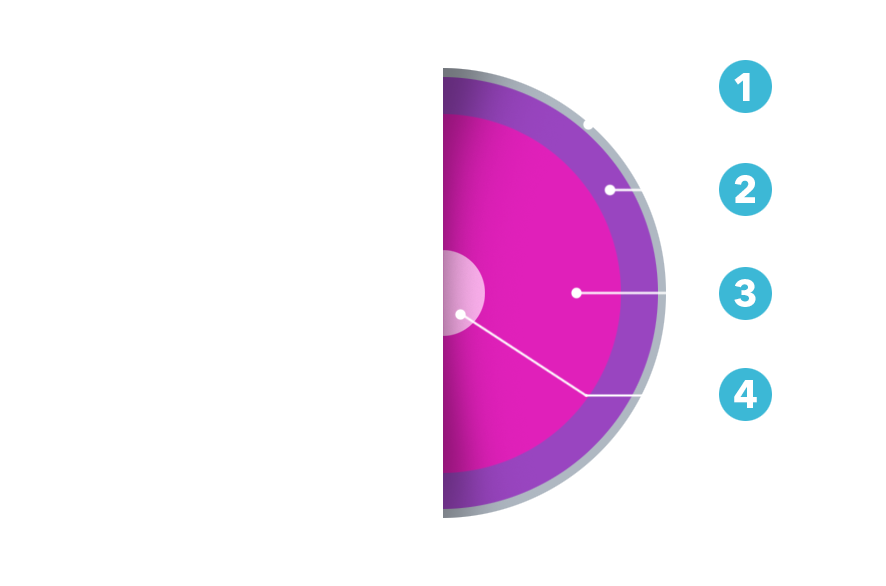
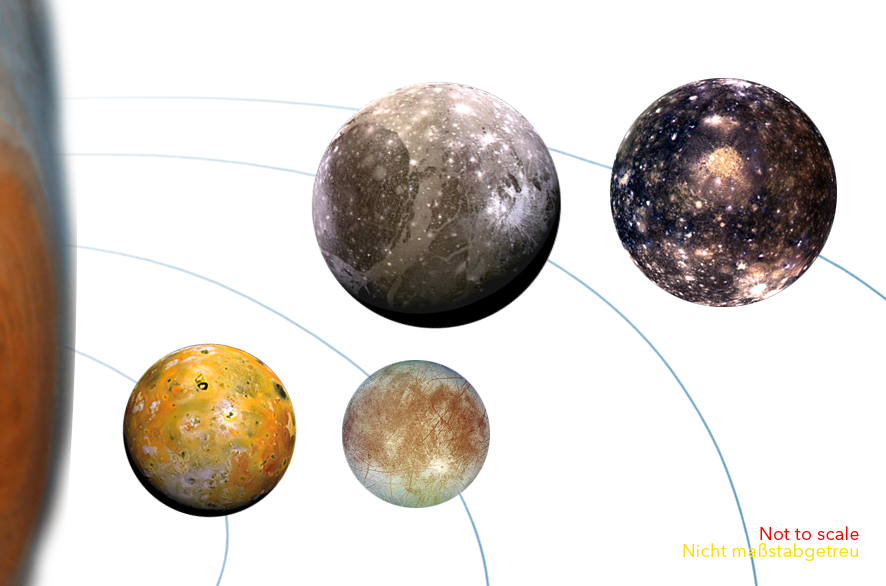

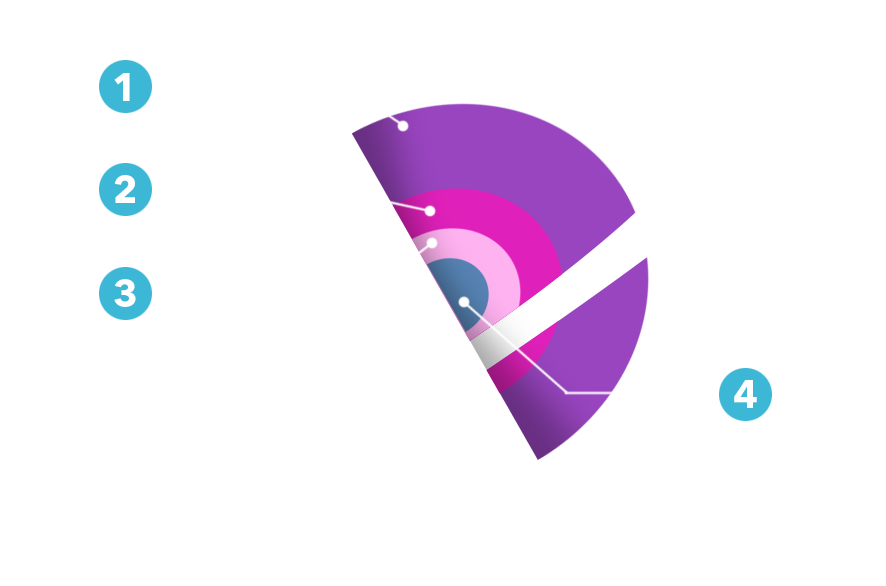
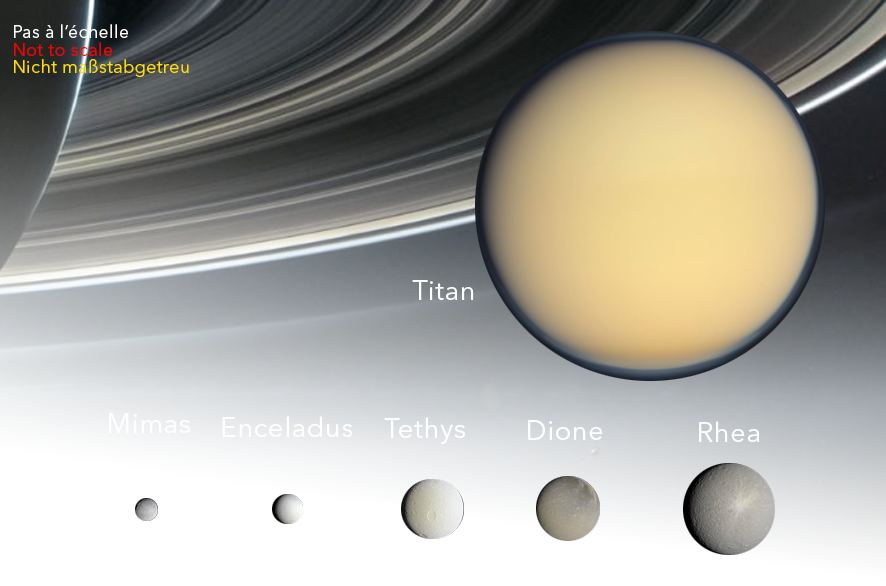
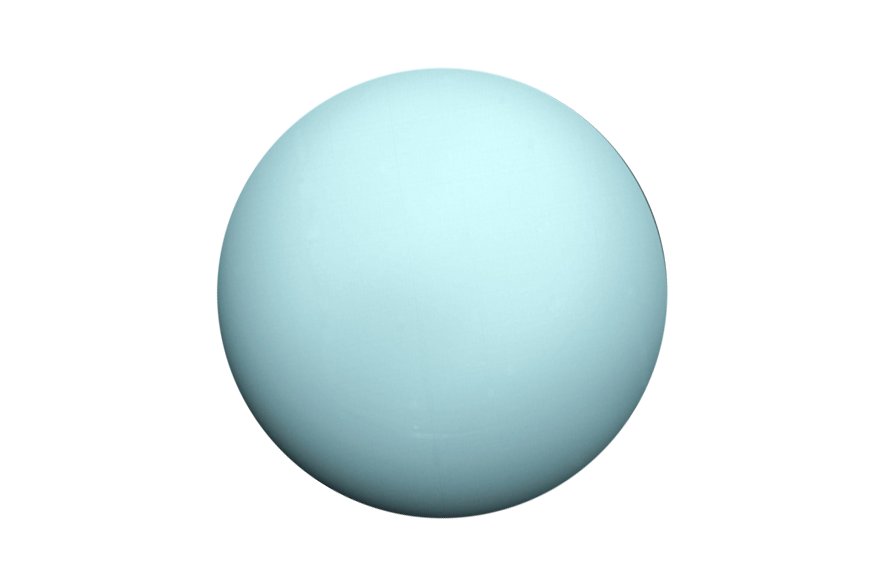
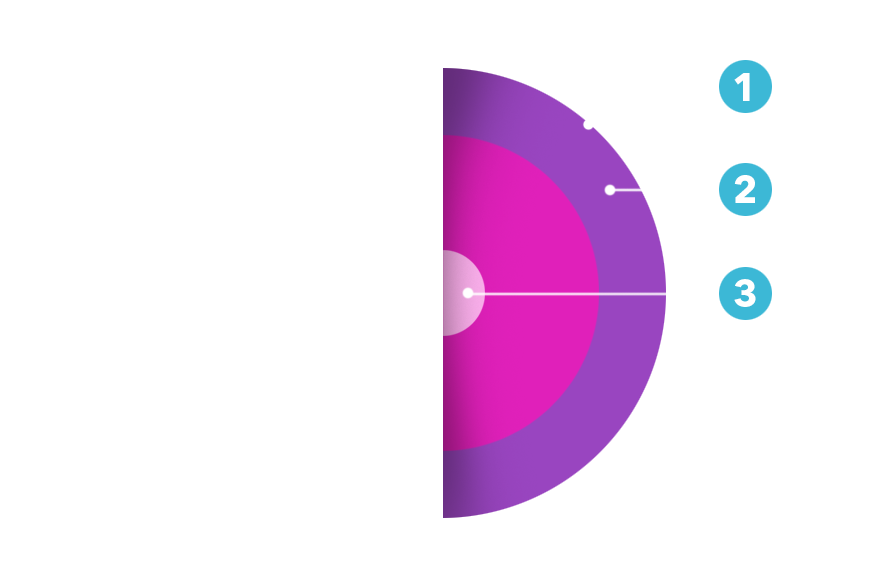
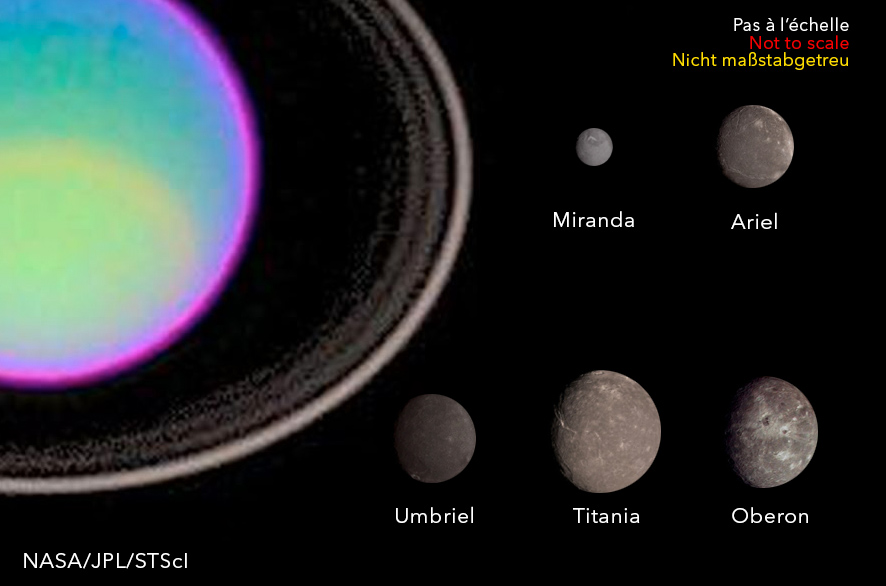
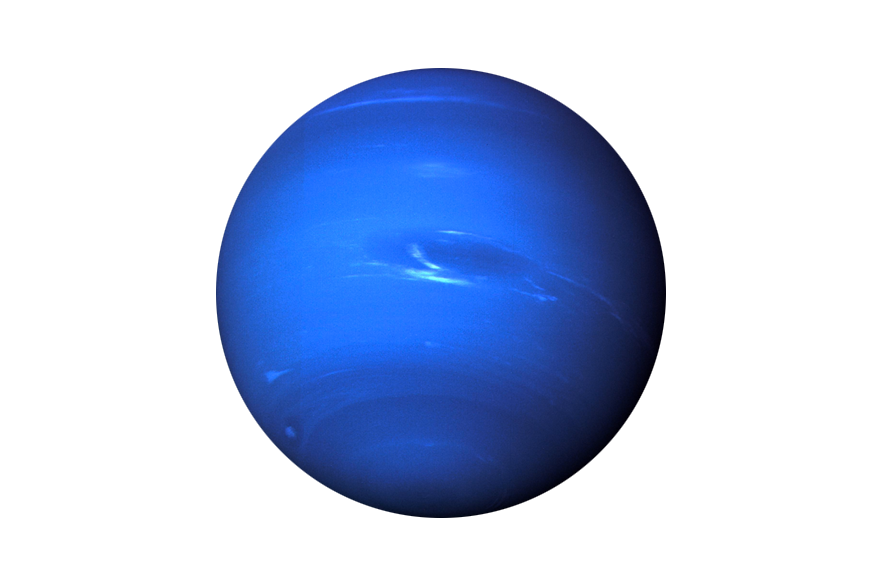
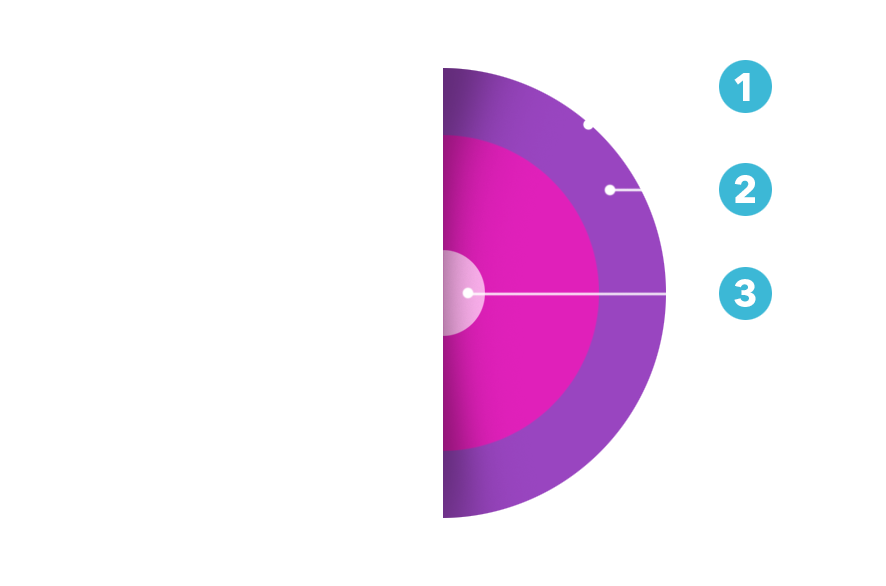
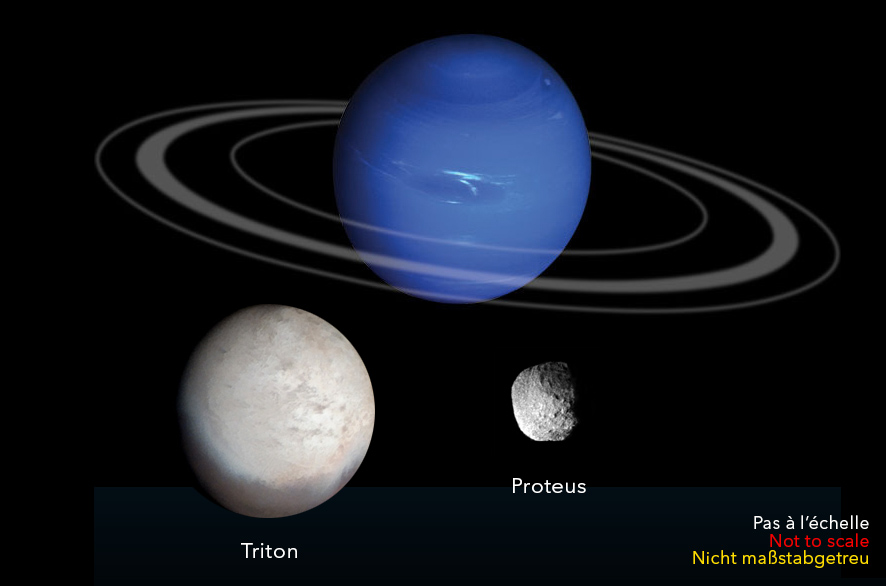



Quiz!
 Validate your knowledge!
Validate your knowledge!
Game
 The planets of the Solar System
The planets of the Solar SystemPut the planets in the right order!
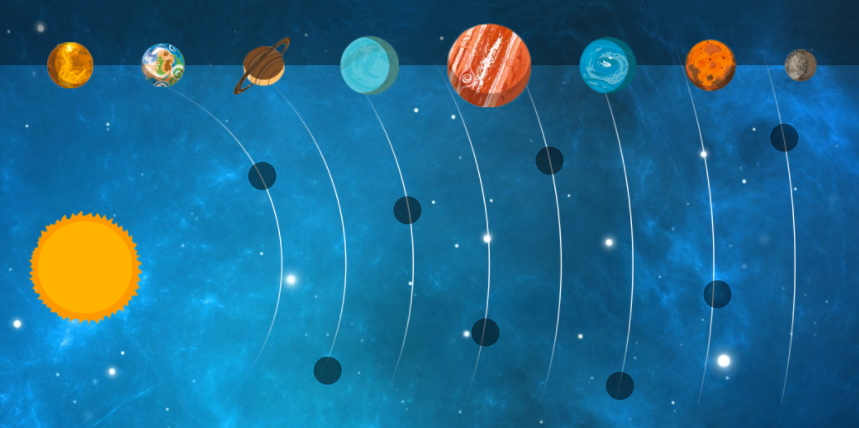
Previous adventure
End of mission
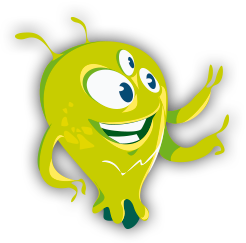
Next adventure
We would like to thank :
Paul Denton
Denton Seismo Ltd UK,www.dentonseismo.co.uk
English translation
Serge Monnier
Aggregation of Philosophy
Proofreading
Jeanne-Thalie Deprince
Images and animations
Sonja Bertschi
German translation
Romain Teyssier
University of Zürich, Switzerland
Advice and digital simulations.
Philippe Labrot
IPGP, Institut de Physique du Globe de Paris, France
Scientific advice
Philippe Lognonné
IPGP, Institut de Physique du Globe de Paris, France
Scientific advice
Philippe Laudet
CNES, National Centre for Space Studies, France
Scientific advice
William Bruce Banerdt
JPL, Jet Propulsion Laboratory, Pasadena, CA, USA
Scientific advice
Credits : IPGP, NASA, JPL, CNES, CEA, ETH Zurich and University of Zürich